Last year, I explored the idea of “growing where you are planted.” At this stage in my journey, I am working towards living my spiritual principles through permaculture practice within the bounds of a rental house within walkable distance to my workplace. Last year, I shared some general tips for how to do this kind of work, as it is a situation that so many of us find ourselves in at the present time. Even with seemingly “limited” options as befitting a renter, much opportunity abounds! I thought I’d share a few of the projects I’ve been working on in the last few months and give a general “update” about where things are. (Note: next week I’ll return to the conclusion of the “Slowing down” series!)
Food Forest Project: Planning and Soil Preparation
This year, I’m undertaking a new gardening adventure with a good friend of mine to start a food forest using permaculture principles on some land she has access to. This land is about 5 minutes out of our town and is on old pasture land. We expect this to be an “incubator” project for a larger project we are starting to plan for the coming months and years. But for now, we are engaging in some serious work to grow plants and design a welcoming and sacred space.

We are using permaculture design principles for the entire project, and we are designing not for the short term, but to bring healthy soil fertility and to engage in people care, earth care, and fair share. At this point, we’ve done our base mapping and planning of the food forest over the last few months, and now we are in the process of starting seeds and preparing the soil. I hope to share some of that garden planning/base mapping work on the blog as we work to develop this site further.
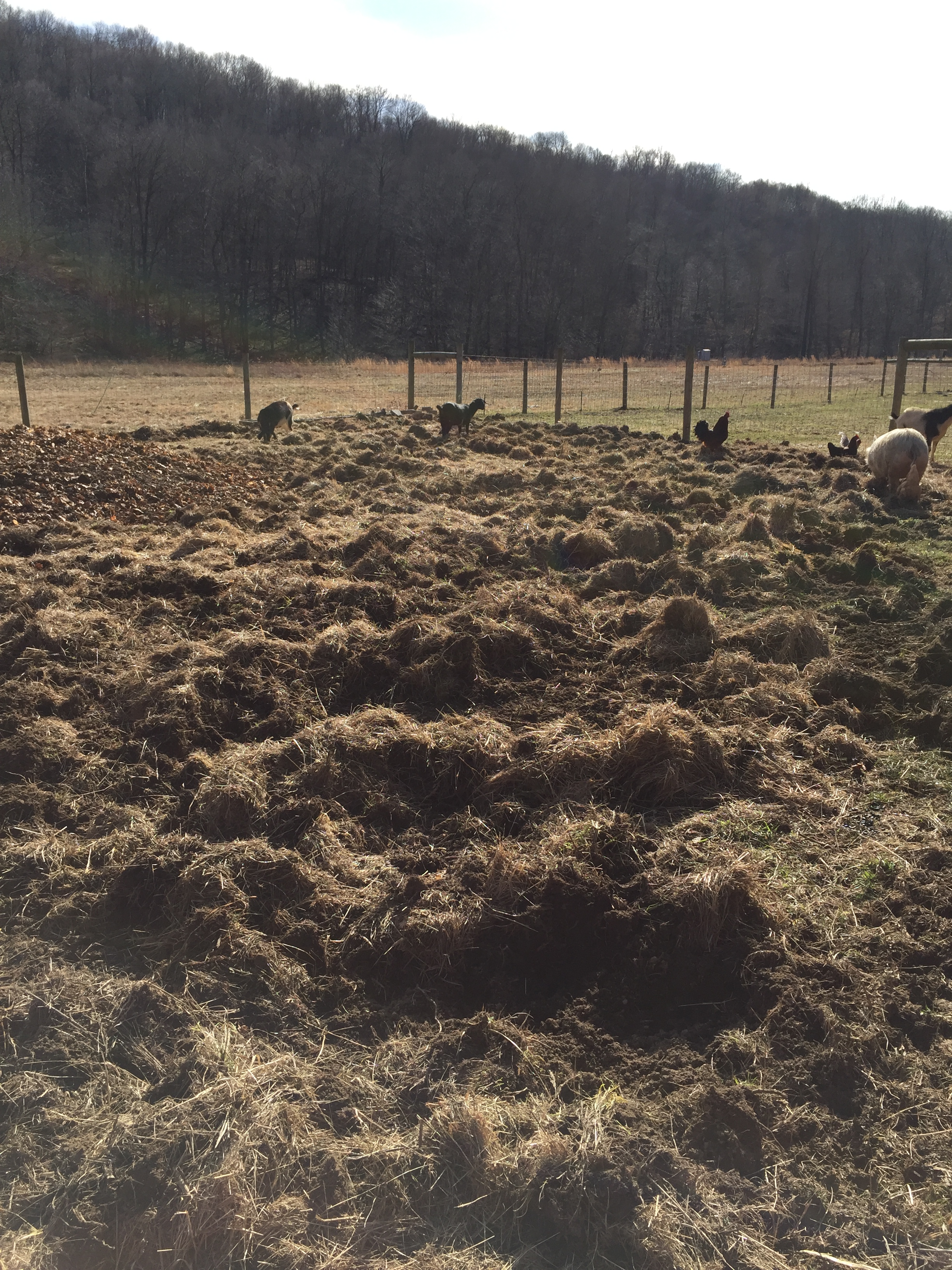
On the matter of soil preparation, we are incredibly lucky to have access to animals at the farm, specifically, a pig. We put Saavik, the pig, along with her goat and chicken friends in the area where we will be planting. Saavik is doing an incredible job in turning the soil and digging up the roots. This is a very large area, and we weren’t sure how we were going to get the whole thing done in time to plant (we have a grand vision!) But giving the animals a go at the land over the last part of winter and early spring means that they will have done most of the work for us, tilling it up, eating the grasses and roots and grubs, and creating beautiful manure. I have never seen a pig at work before–she is absolutely incredible. The entire pasture will have no grass and we will have the opportunity to rake up whatever is left, put in our paths, use a garden fork to address any soil compaction, and plant.

Seed Starting for Gardens
This past weekend, my friend and I recently started the first of the annual seeds for the food forest. We are up splitting the seeds that we need to start–I’m working on all of the herbs and she’s working on the veggies; most of the perennials will need to be purchased or sourced some other way. We are using my light system, and my friend also is working to setup her own light system modeled after mine. We hope the two light systems will allow us to have enough plants both for my refugia garden as well as for our project here. I can’t tell you how much I love starting and caring for seeds! Already, the little sprouts are beginning to show. You can start seeds in just about any space if you have soil and light. The key is figuring out where to plant them afterward!

Maple / Hickory / Walnut Trees and Syrup
There is something about the magic of the early spring that is truly unlike any other period of time. One of my favorite activities has been, for years, to tap maple trees and make maple syrup. The problem was that I didn’t have the evaporating system like the group of us had in Michigan nor did I have access to abundant trees. But, in permaculture design, the problem is the solution, and I started looking around to see what I could do…and so I decided to pursue “urban” maple sugaring.

It began with a single maple tree in my backyard, which I tapped a few weeks ago in early February. I wanted to drink the sap from the tree, which is nutritious, delicious, and very rejuvenating. A careful review of my lease showed no violation if I tapped them (I mean, do landlords really think about whether or not you can tap a tree? Likely not!) I tapped one of the trees and made an offering and the sap just started dripping out! All that wassailing we did is already paying off!
I inquired about tapping a few walnut and hickory trees at the garden site and we decided to do so. Then I tapped the second maple in the yard and the tree offered a half gallon or more of sap most days….this was getting to be a little too much to drink!
I realized that doing a “mini” sugaring setup would not be too difficult on my porch (you can’t evaporate that much maple sap indoors or everything will get sticky). I purchased a very high-quality burner for a different project at a yard sale last summer for $3. I poured the sap into a large stainless steel pot and checked it every hour. In one weekend, I managed to boil down 4 gallons of maple sap, adding more as the pot began getting down further until all four gallons were reduced in the pot. Yes, it is true. You can make small amounts of maple syrup in a rental house!

What I found is that with this small of a scale, I really needed to pay close attention to the syrup as it gets near finishing. I burned the first batch (so sad) but the 2nd batch came out just beautifully!

A Triad of Composting
I am delighted to have a triad of composting activities happening at my rental house, which is allowing me to re-use a good deal of the waste I would otherwise produce. The first thing I have, where the bulk of my food scraps go, is my outdoor compost tumbler. I brought the tumbler with me from my homestead. For brown matter, I typically add fall leaves or shredded up a newspaper–it works like a charm, even if it gets only afternoon light. At this point, I’ve produced about 20 or so gallons of finished compost that has mostly gone to my refugia garden and to my friend’s land.

The second method I’m using to compost is my vermicompost bin. After messing around with a prototype five-gallon bucket vermicompost system for about 9 months now (which went through several iterations), I am back to the tried and true bin system. I had hoped the bucket system would take up less space, but what I found is that the five-gallon buckets couldn’t handle much compost at all, because the worm population was small, it took longer, and the worms didn’t seem as happy.

The third method, which I shared a few months ago, is the compost toilet. that is, composting my own human waste and urine. This is working out splendidly, and I’m delighted to no longer need to flush the toilet (it has become a nice book stand!). I’ve really started to enjoy “making deposits” and cycling my nutrients. I’ve been experimenting with different materials, and am finding that a combination of sawdust, mulch (free from tree work), and shredded office paper and/or leaves are the perfect combination to hold in liquids and cover-up solid waste. All of these materials are fairly easy to come by and are yet another way to turn waste into a resource!


Refugia Garden and Seed Scattering
I started a refugia garden a year ago on my parents’ land and shared some of my earlier plans and results. Last year, this garden allowed me to grow some herbs for healing purposes as well as start a “seed bank” for healing the wildlands and bringing back key native medicinals to our ecosystem here. I’ve delighted in doing this work, and have created seed balls from a number of the seeds in this garden and have given them to many friends to help spread.

One of the kind of humorous challenges of last year was that the refugia garden was “squashed”; my parents had thrown compost in the spot the year before, and the squash seeds sprouted at some point in June. I live about an hour from my parents, and I was traveling for a few weeks and didn’t make it out to check on the garden. I came back to find my garden literally covered in squash I hadn’t planted! The squash was doing well, so I tried cutting back the leaves to make sure the other plants had gotten light, and then I just let them be. Most of my medicinal plants did fine, but I lost a few key ones as part of the garden being squashed. And so I am starting those plants from seed again this year (and enjoying a number of squash dishes this winter!)

A few weekends ago, my parents and I were driving past many of the abandoned strip mines and boney dumps in this area. As we drove and stopped in various places, I threw out a number of seed balls and spread other kinds of native wildflower seeds to help those lands heal. The mining companies are required to replant the landscape, but their idea of replanting is some basic grasses, vetches, and red pines. And there is very little actual soil–most of it is slate and refuse from the dumps. I hope the seed balls themselves will allow for some new plants to take root and the compost and clay help build topsoil. We’ll see!

The Walking Commute
I must say that I really enjoy walking everywhere–especially when my car is recently giving me trouble or during the big snowstorms. Walking allows me to slow down, to take in nature on my walk. For example, there is a bramble patch, several wild hedges, and a small stream on my walk to campus. It also allows me time for slowing down and decompressing at the end of the day on campus. This is one of the main benefits to living in town–the ability to walk to the bank, get some tea, hang out or see a jazz band, visit friends and more. I didn’t realize how much I depended on my car until I could set it aside!
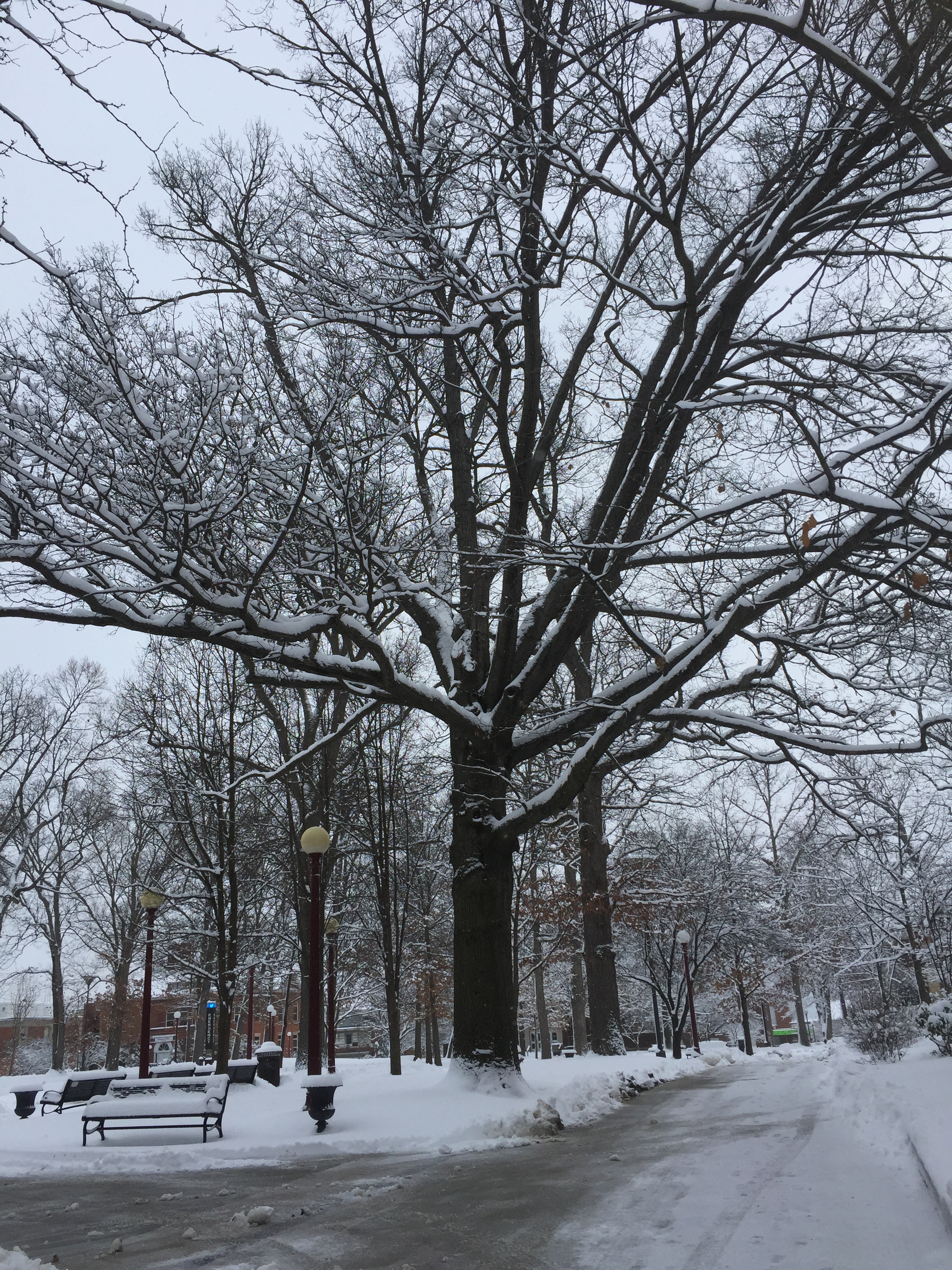

So these are some of the current practices I’ve got going on and some of the plans for this year. I’m hoping to hear from some of you–tell me what you are planning, dreaming, and working to bring forth this year!
I hope this demonstrates that you really can “grow where you are planted” and even if that growth doesn’t include land of your own, there are still a lot of wonderful things you can do to live in line with the earth. The best thing of all is that everything I’ve outlined above is manageable and enjoyable!
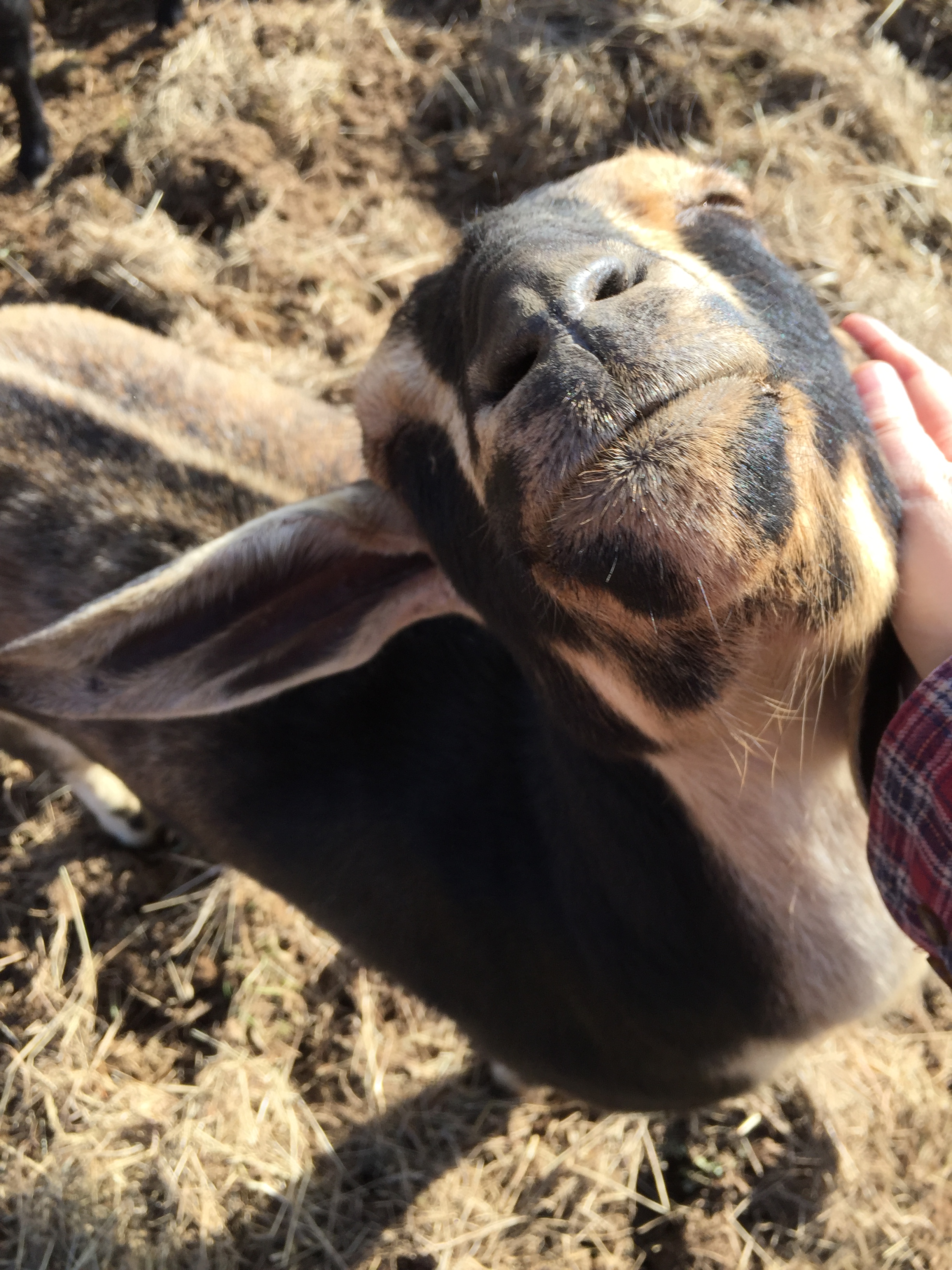
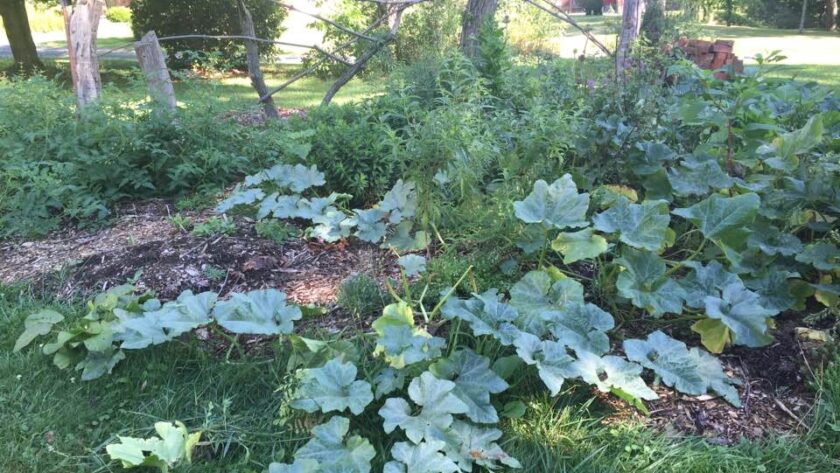

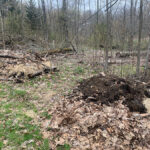

We’ve done a lot of these in our rental houses. Thanks for the reminder about the humanure composting toilet. As we look for houses to buy, we keep finding ones with not enough bathrooms, but given my very old intention of having a humanure setup once we move, that’s probably why! Too funny how the Universe answers our requests, even when we’ve forgotten we made them.
Oh yes! The compost toilet solves all kinds of bathroom issues :). I’m so glad it was helpful to you!
Reblogged this on Rattiesforeverworldpresscom.
Thanks so much for the reblog
I was so glad to read about your syrup adventure. I have been wanting to try that with a big leaf maple behind my house. I am not sure if it’s too late now, and I still need to find a burner without spending a lot. But your post makes me want to get on it with more enthusiasm and just do it!
Karin, it is a lot of fun! Big Leaf Maple has a sugar content of 1-4% (depending on the tree and the time in the season), so it would certainly work! I burned my first batch but my second batch came out great (really watch that pot the last two or so hours!)
What kind of compost tumbler do you have? I was going to try out a smallish plastic two-compartment tumbling style from Gardeners.com, but I haven’t seen that bigger, metal one.
I plan on studying permaculture. I don’t know much about it. I’ve been studying gardening, and I’m making headway with that. I grew a few herbs last year, and this year I’ll be adding more along with some vegetables .
.
I’ve never heard of seed balls before. How do you make them? I have seen some areas where I live that could use some
Hi! I have a post on how to make seed balls here: https://druidgarden.wordpress.com/2016/01/22/making-seed-balls-and-scattering-seeds-for-wildtending/
They are super easy and fun to make. Enjoy!